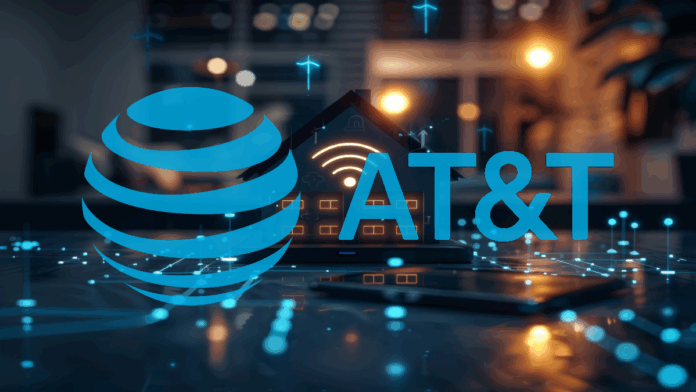AT&T touts its momentum, but competitors are moving aggressively into fiber as well, raising the stakes in the U.S. broadband market
AT&T has reached a key milestone in its national fiber expansion, surpassing 30 million locations passed with fiber broadband. The achievement comes ahead of schedule and signals the company’s intent to double down on a converged fiber-and-wireless growth strategy. According to CEO John Stankey, the telco is now halfway to its goal of reaching approximately 60 million fiber locations by 2030.
But while AT&T touts its momentum, competitors T-Mobile and Verizon are moving aggressively into fiber as well — raising the stakes in the U.S. broadband market.
Lumen buy and PRIME FiBER partnership
In May, AT&T announced a $5.75 billion all-cash deal to acquire Lumen’s Mass Markets fiber business, adding about 1 million customers and 4 million locations across 11 states. The transaction is expected to close in the first half of 2026.
Specifically, AT&T will acquire Lumen’s last-mile mass market fiber assets and “associated network elements in central offices”, plus “substantially all” of Lumen’s non-enterprise fiber customers, which will be transitioned over time to become AT&T Fiber customers.
Alongside acquisitions, AT&T continues to build fiber organically and through open-access partnerships. Its collaboration with PRIME FiBER, announced earlier this year, recently expanded into Arizona, targeting suburbs of Phoenix like Peoria and Sun City. These partnerships allow AT&T to extend its network to underserved areas without bearing the full cost of construction, while reinforcing its converged service approach.
According to AT&T’s Erin Scarborough, the company’s strategy is built around convergence — offering fiber and wireless services together to boost customer satisfaction and retention.
In a recent press statement, AT&T said it has made capital investments of more than $145 billion from 2020 to 2024 — focused largely on expanding fiber and 5G infrastructure.
Rivals step up
While AT&T is extending its fiber lead, it no longer stands alone in that pursuit. Verizon is preparing to massively expand its footprint through a $20 billion acquisition of Frontier Communications, announced in late 2024. The deal gives Verizon 2.2 million fiber customers and access to 25 million premises across 31 states and D.C. — a transformative leap for its broadband ambitions. Frontier’s strong Q1 showing, including 107,000 fiber adds, underscores the value Verizon is inheriting.
Meanwhile, T-Mobile is aggressively building a hybrid fiber-and-fixed-wireless broadband strategy. Through its joint venture with Lumos, the company now controls a 7,500-mile fiber network in the Mid-Atlantic and plans to reach 3.5 million homes by 2028, scaling to 12–15 million homes by 2030.
The competitive landscape makes one thing clear: The fiber and broadband race is accelerating. AT&T is betting on scale, acquisition and bundled offerings to lead. Verizon is buying its way into fiber dominance. T-Mobile is blending mobile and fiber to redefine access.

